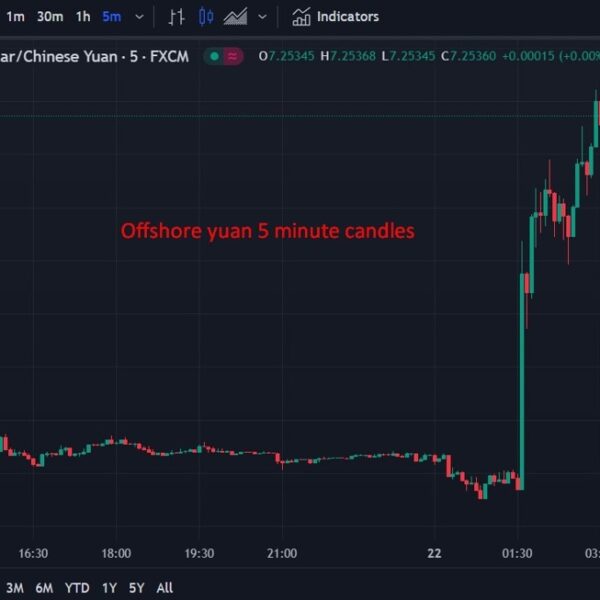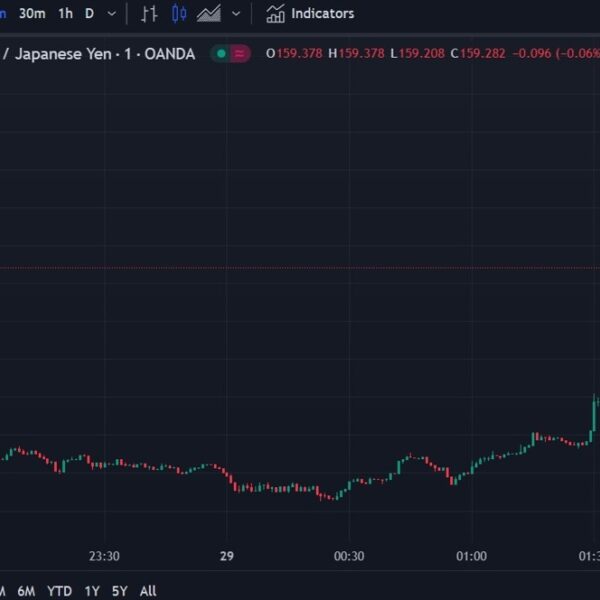Chattrawutt/iStock via Getty Images
In the quarter we added three new companies to our flagship fund, Turtle Creek Equity Fund (“TCEF”), which compares with only two additions during all of 2023. Over the many years, we have averaged three to four additions per year, so three in a quarter is a lot. Just as we noted in last year’s annual letter that we didn’t believe only two additions in a year was the start of a trend, we equally don’t expect three in a quarter to be the new normal. But as we follow a growing number of companies, it would not be surprising to see somewhat higher company turnover relative to the historical average of three to four a year.
Over the years we have written quite a bit about risk and in this commentary we return to the topic. As we have observed many times in the past, it is straightforward to look at the investment returns of any investment manager, but it is devilishly difficult to figure out the amount of risk they took to earn those returns. As we have also often observed, using price volatility as a proxy for risk makes no sense. Instead, you really have to dig in to evaluate the investment strategy to understand its risk profile. Some questions to consider include: were the returns clustered around a few ‘home runs’ that may not be repeated? And did the manager lose a lot of money on some investments?
Our investment approach is focused on controlling risk (after all, this is where we, the Partners, have all our families’ wealth), but it isn’t always easy to communicate this to investors. Perhaps the following discussion will help.
We recently completed a detailed attribution analysis going back to the beginning of 2009 – a period of just over 15 years.1 Over that time, the investment returns TCEF have been 17.9% per annum, growing $1 to $12.37.2 And over this period the fund has held 85 different positions, of which 32 are in the portfolio today.
Let’s first look at the 53 companies that we owned at some point in the past 15 years but that are not in the portfolio currently. Together, they contributed approximately half of TCEF’s overall return. To help with the analysis let’s put these prior holdings into three distinct buckets: where we made money; where we neither made nor lost money; and, where we lost money.
Let’s start with the positions where we lost money. The good news is that we did not lose money often and the combined loss is trivial. We lost money on only 3 positions and the combined loss is less than 1% of the gain in the unit price over this period. If the first rule of investing is ‘don’t lose money’, we’ve done a good job on rule one. This comes back to one of our points on risk: did the investment manager lose a lot of money on some investments? Clearly, we have not.
And if you break down those 3 investments further, the first was actually one of our more profitable investments in the period before 2009. The total return was very positive; it was simply that the final period of the investment was a small negative. With the second investment, we concluded that it wasn’t quite up to the standard of our other portfolio companies and we decided to replace it. If we had waited another year or so, it would have been profitable, but we think we made the right decision to replace it with a better company. It was only the third position that we considered it to have been a ‘bad’ investment. The company was founder run and we thought the founder was strong. We turned out to be wrong in that assessment. But, again, the combined negative impact on returns from these investments was immaterial.
The second bucket of neither making nor losing money is comprised of 7 positions. They barely contributed as a group through a combination of never being a large holding, not being held for very long, and having very little share price movement. In aggregate, these positions contributed a negligible positive 0.03% of the gain in the unit price over the period.
The third bucket of profitable investments totals the largest at 43 positions. Importantly, the positive contribution is widely distributed across these positions. Remember what we asked at the beginning: are an investment manager’s returns clustered around a few home runs that may have been ‘lucky’ and are not repeatable? Well, that’s definitely not the case for us. For sure, some of those 43 positives were stronger than others, but the contributions are broad-based.
Of the 53 companies that are not in the portfolio today, we are still closely following 18 of them because they continue to meet our qualitative criteria (and are on the TC100 list). We would be happy to own them again if they ever get cheap enough, but they simply are not as attractive, from a valuation perspective, as our current holdings. These 18 companies are trading, on average, at their Business Value, with the majority trading above their Business Value. By contrast, today’s rough threshold to even be a candidate to be added to the portfolio is at least a 40% discount to Business Value. In fact, the three additions to the portfolio during the quarter were each purchased at a greater than 50% discount to their Business Value.
Another 24 of the companies that are no longer in the fund have gone private, so we couldn’t own these even if we wanted to, and the balance – 11 companies – no longer meet our qualitative criteria so we have stopped following them.
Turning to the current portfolio, 30 of the 32 have generated positive returns to date. And the other 2 are within ‘spitting distance’ of contributing positively and we believe both will be strongly profitable over time.
It won’t surprise you to learn that 3 of our largest positive contributors over the 15 years have been TFI International, Premium Brands and ATS Corp. – three companies we often highlight in our case studies. But they have been large contributors because we have owned them throughout the full 15 years and they have each been, at times, our largest holdings. If you take each of these holdings’ contributions and spread them over the 15 years, their average annual contributions are similar to the average annual contributions of other holdings.
In short, our returns have been very broad-based (no ‘home runs’) and we have lost money on only 3 of 85 holdings where the total loss was immaterial. We think you will agree that this is a great illustration of Turtle Creek’s low risk investment strategy.
Quarterly Results
Unit price results:
During the quarter, the net asset value of the Turtle Creek Equity Fund (“TCEF”) Increased 6.7%.3
This was inline with the S&P/TSX Completion index which increased 7.9% and behind the S&P MidCap 400 index which increased 12.6% (in Canadian dollars).4 We added three companies and made no removals, to end the quarter with 32 holdings.5 67% of the portfolio was invested in U.S. companies and 33% in Canadian companies.
Turtle Creek Synthetic PE Fund (“TCSPEF”) increased 6.7% during the quarter.3 We made one addition and removal to the portfolio, to end the quarter with 25 holdings. 67% of the portfolio was invested in U.S. companies and 33% in Canadian companies.
Turtle Creek United States Equity Fund (“TCUS”) increased 6.0% during the quarter, behind the S&P MidCap 400 index which increased 10.0% (both in U.S. dollars).3,4 We made two additions and one removal to end the quarter with 27 holdings.
Turtle Creek Canadian Equity Fund (“TCCF”) increased 2.7% during the quarter, behind the S&P/TSX Completion index which increased 7.9%.3,4 We made no additions or removals to the portfolio, to end the quarter with 22 holdings.5
Business Value results:
Changes in Portfolio Business Values during the quarter are shown below.6
| TCEF | TC SPEF | TCUS (US$) | TCCF | |
| Quarterly change in Portfolio Business Value | 1% | 2% | -3% | 4% |
|
Disclosures Information sources: Turtle Creek Asset Management Inc. (“TCAM” or “the Manager”), Bloomberg. Past performance must never be construed as investment advice or a prediction of future performance. We have expressed our own views and opinions in this document and these may change without notice and may differ from others in the industry. All statements, other than statements of historical fact, that address activities, events or developments that we believe, expect or anticipate will or may occur in the future (including, without limitation, statements regarding any objectives and strategies of a fund or outlooks for the portfolio companies) are forward-looking statements. These forward-looking statements reflect our current expectations, assumptions or beliefs based on information currently available. Forward-looking statements are inherently uncertain and subject to a number of risks that may cause the actual results of any of our funds (each a “Fund”) to differ materially from those described in the forward-looking statements, and even if such actual results are realized or substantially realized, there can be no assurance that they will have the expected consequences to, or effects on, a Fund. Factors that could cause actual results or events to differ materially from current expectations include, among other things, length and severity of the pandemic, volatility in financial markets, fluctuations in currency exchange rates and interest rates, tax consequences, changes in applicable laws and other risks associated with investing in securities and those factors discussed under the section in the applicable offering memorandum of a Fund entitled “Certain Risk Factors”. Any forward-looking statement speaks only as of the date it is made and, except as may be required by applicable securities laws, we disclaim any intention or obligation to update any forward-looking statement, whether as a result of new information, future events or results or otherwise. Although we believe that the assumptions inherent in the forward-looking statements are reasonable, forward-looking statements are not guarantees of future performance and, accordingly, undue reliance should not be placed thereon. Endnotes 1The attribution summary is for Turtle Creek Equity Fund (“TCEF”) and covers the period from January 1, 2009 to March 31, 2024 (the “measurement period”). The attribution summary covers the equity investments (each a “holding”) of TCEF in the fund’s functional currency (Canadian dollars). January 1, 2009, was chosen as the starting point for the attribution summary as it generally coincides with the bottom of the market following the 2007-2008 financial crisis. The attribution summary is for TCEF’s equity investments has been calculated by the Manager based on the following methodology. For each holding, TCAM estimated TCEF’s monthly return excluding the performance or impact of the holding for such month to determine the holding’s contribution to the Fund’s performance during such month. For each holding, these monthly returns were then geometrically linked to determine an estimate of each holding’s overall contribution to TCEF’s performance, during the measurement period. There are various methodologies that could be used to calculate the information in the attribution summary and a different methodology may produce different results in terms of how the Fund’s return is attributed to each holding. 2Turtle Creek Equity Fund’s (“TCEF”) performance is that of the Class I Series 1.0 unit and shown in Canadian dollars. As the Class I Series 1.0 units were not created until July 31, 2010, the performance information shown has been adjusted pro forma to be net of management fees and carried interest allocations charged to the Class I Series 1.0 units. 3Based on the change in net asset value of the Fund’s Class I Series 1.0 Units. 4The S&P/TSX Completion and S&P MidCap 400 are total return indices. The S&P/TSX Completion (formerly called the S&P/TSX MidCap) is a Canadian index that is comprised of the constituents of the S&P/TSX Composite Index that are not in the S&P/TSX 60. The S&P/TSX 60 is a Canadian index that is comprised of the largest companies within the S&P/TSX Composite index. Comparisons to certain indices and benchmarks are provided for illustrative purposes only and are intended to indicate broad market performance and characteristics. Comparisons to indices and benchmarks are limited in part because indices and benchmarks are not managed and do not charge fees or expenses. The Fund may underperform or outperform an index or benchmark for many reasons. 5Holdings that constitute less than 0.25% of the Net Assets of TCEF are not included in the number of holdings. Similarly, holdings that constitute less than 0.1% of the Net Assets of TCCF and TCUS are not included in the number of holdings. 6A company’s intrinsic value or Business Value represents our best estimate of the present value of such company’s future cash flows and is necessarily comprised of many assumptions, the use of which includes a number of risks and uncertainties that may cause actual values to differ from our estimate. A Fund’s Business Value is calculated using our estimate of Business Value for each company, weighted based on the portfolio’s holdings. |
Editor’s Note: The summary bullets for this article were chosen by Seeking Alpha editors.















